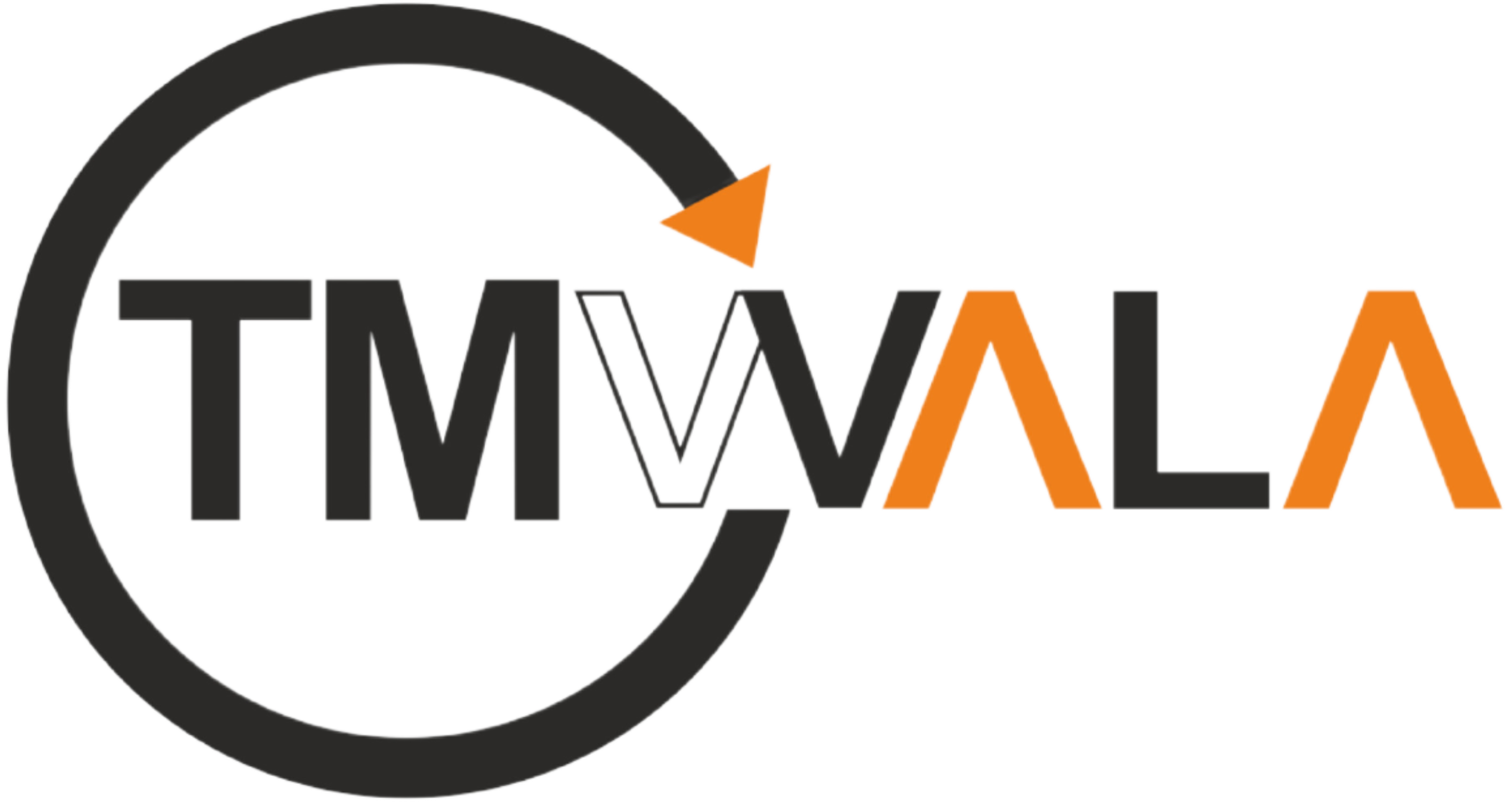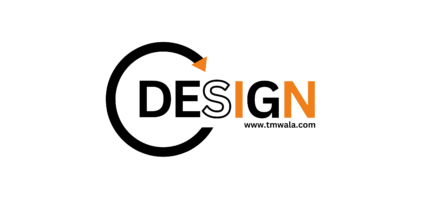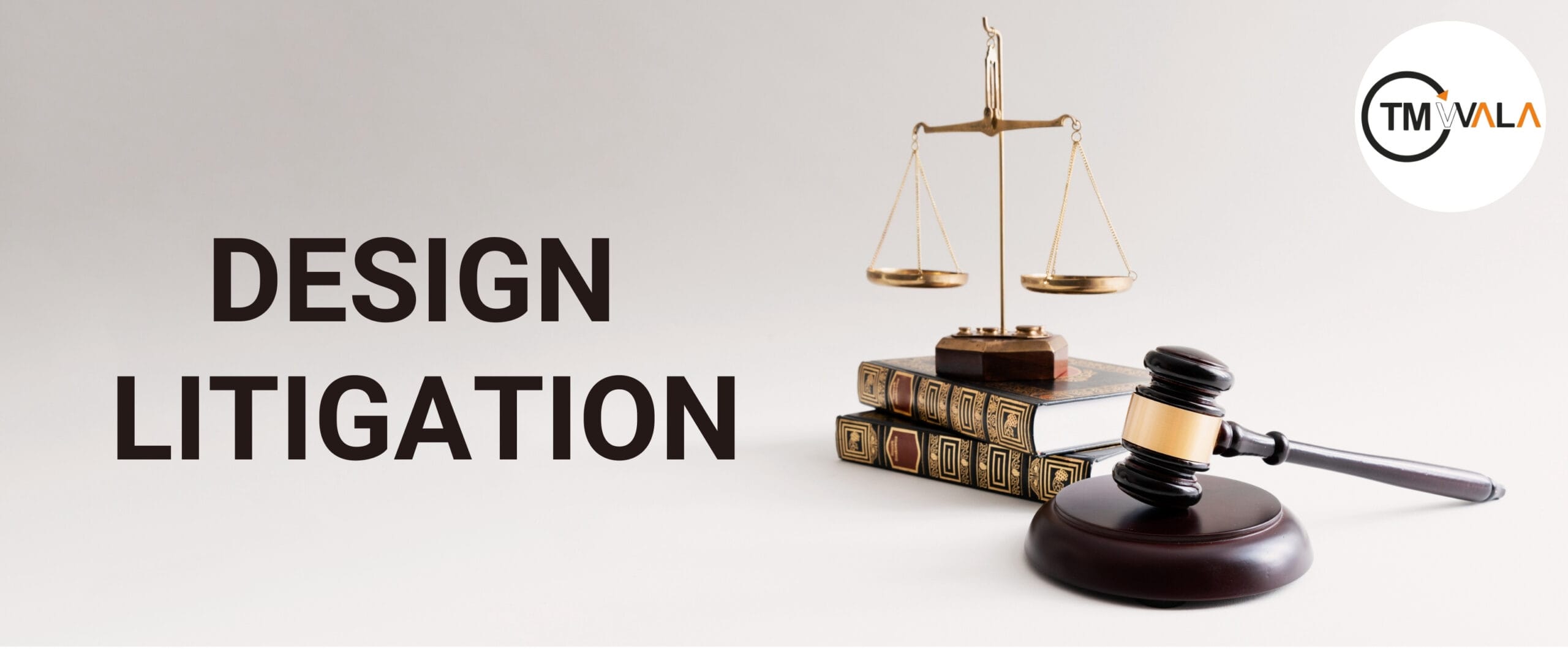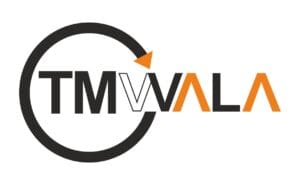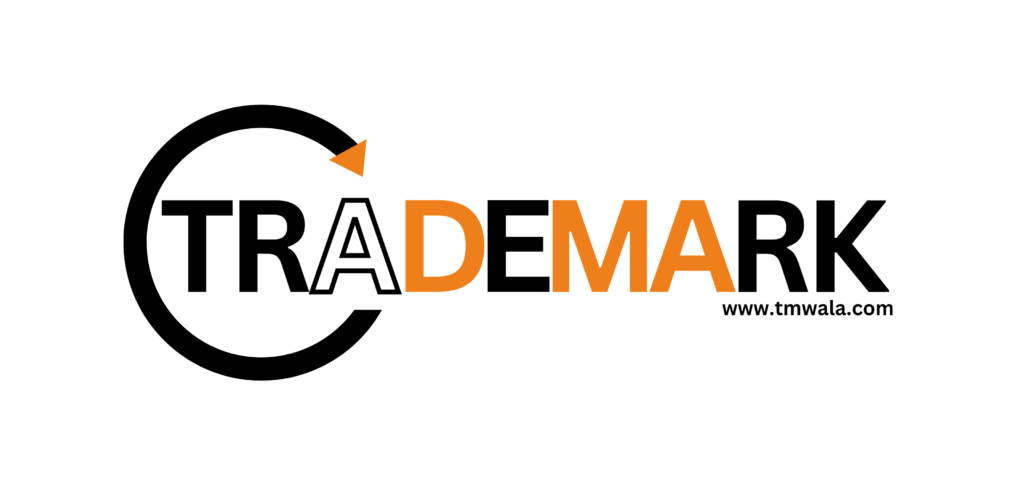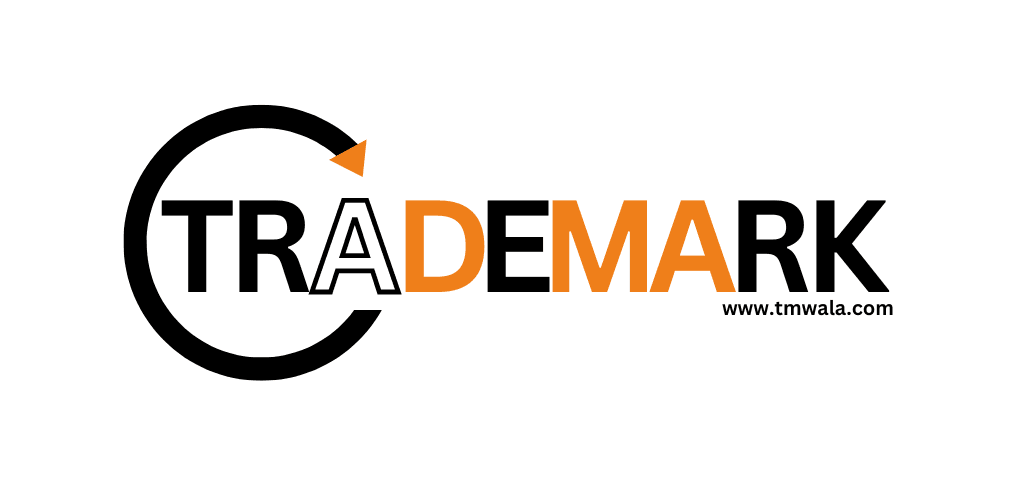INTRODUCTION
Design is a concept in IP that refers to the visual aspects of a good. It deals with features like shapes, configurations, colour, pattern, or composition lines, or any other shape applied on goods through an industrial process. As India grows into an economy with includes financial aspects related to intellectual property as well, the need for protection of intellectual property becomes essential, so as the protection of design becomes increasingly significant. The Design Act, 2000, was introduced as a progressive move towards modernizing the Indian legal system for the protection of industrial design and to ensure compliance with international agreements like the TRIPS Agreement.
This article aims to analyse the legal framework related to design in India, especially focusing on the design litigation, design infringement, intellectual property litigation, registered design infringement, and the protection of industrial design under the Hague system.
DESIGN LITIGATION
Due to the increase in design-centric products, India has gained prominence in design litigation in the past few years. The design-centric sector is fashion, consumer electronics, automobiles, and packaging. The litigation typically deals with the matter of infringement of registered designs, which often falls under registered design infringement.
Design litigation involves initiating civil or criminal proceedings, which help in enforcing rights related to design, often before the district court as per section 22 of the Design Act, 2000. The registered proprietor of a design has the exclusive right to use, license, or assign the design. When such rights are violated, they may seek injunctions, damages, or any other legal remedy as the court may think fit.
Key elements of design litigation include:
- Proof of valid registration under the Designs Act
- Evidence of originality and novelty
- Establishment of infringement (actual or potential)
- Jurisdiction and procedural compliance
The courts have highly emphasized the fact that the visual of an object identified by naked eyes and have relied on expert opinions and visual comparison for the decision.
TMWala provides professional legal services including design registration, opposition, and litigation support. Their expert IP team ensures clients are protected through strategic legal representation and well-drafted documentation for court proceedings.
Landmark Case Example:
- Cavincare Industries v. Hindustan Unilever Ltd. – The Madras High Court stated that even minor changes do not save the infringer if the substantial features of the registered design are copied.
DESIGN INFRINGEMENT
Design Infringement occurs when someone applies for registration of a design which is already been registered by any other person (the registration proprietor in this case), the registration of a new application will mislead and confuse consumers. Section 22 of the Design Act, 2000, defines piracy of a registered design and provides penalties and remedies for the same.
Elements constituting design infringement include:
- The applicant of the present Application of the design has not obtained the owner’s consent before filing it.
- Copying of the essential features.
- Use in the same class of goods as the registered goods.
The Act provides two key remedies for infringement:
- Civil remedy: Suit for damages or injunction
- Statutory penalty: Compensation up to ₹25,000 per contravention, with a maximum limit of ₹50,000 for a design
Infringement suits must be filed in a District Court, and the burden of proof lies on the registered proprietor.
TMWala conducts comprehensive design clearance searches and offers infringement risk assessments, supporting cases of registered design infringement. Their services help clients avoid legal pitfalls and ensure a strong defence or proactive enforcement in case of violations.
Recent Trends: Indian courts have become increasingly aware of the importance of protecting intellectual property, including design, giving rise to more intellectual property litigation. Interim injunctions are commonly granted in prima facie cases to prevent the entry of infringing products into the market.
INTELLECTUAL PROPERTY LITIGATION
Intellectual property litigation in India encompasses various forms of IP as patents, trademarks, copyrights, and industrial design. As part of this broad spectrum, design litigation is often seen as a specialized field requiring a nuanced understanding of visual aesthetics, product function, and legal criteria of originality.
The Designs Act, 2000 operates alongside other IP laws such as:
- Patents Act, 1970 deals with inventions
- Trade Marks Act, 1999 deals with logos and brand names
- Copyright Act, 1957 deals with artistic works
Litigation Strategy:
- Multi-pronged enforcement: the proprietor may choose to file under multiple statutes depending on the nature of the IP asset.
- Territorial jurisdiction: IP suits are generally territorial, but with overlapping jurisdictions due to online sales and e-commerce platforms.
Defensive arguments: Common defences include lack of novelty, functional utility (not protected under design law), and prior publication.
REGISTERED DESIGN INFRINGEMENT
Registered design infringement occurs when there is a breach of the rights of the registered proprietor conferred by the Design Act 2000. A registered design is protected for a period of 10 years, which is extendable for another 5 years if an application for extension is filed within the time limit.
The most important part of protecting a design is proving its registration validity and originality. The important points related to it are mentioned below:
- Registration certificate (evidence under Section 11)
- The class in which the design is registered
- Prior to registration
Infringement in a design case is based on the visuals of the product; if the naked eye cannot distinguish the products, then it will be considered design infringement.
Preventive Measures to Avoid Infringement:
- Conducting prior searches before filing the application
- Filing design applications before announcing to the public
- Using non-disclosure agreements with manufacturers and collaborators
Remedies Available:
- Permanent or interim injunction
- Damages and account of profits
- Destruction of infringing goods
Key Rulings:
- Cello Household Products v. Modware India – The court held that even functional designs, if visually distinguishable, could be protected if they meet originality criteria.
PROTECTION OF INDUSTRIAL DESIGN UNDER THE HAGUE SYSTEM
Protection of industrial design under the Hague system allows international registration of industrial design It is administered by WIPO (World Intellectual Property Organization), but India is not yet a member of the Hague system. However, India recognizes and complies with certain international standards under the TRIPS (Trade-Related Aspects of Intellectual Property Rights) agreement to which it is a party.
What is the Hague System?
The Hague System allows applicants to register a design in various jurisdictions that too with a single application filed with WIPO. The system greatly reduces paperwork, cost as well and complexity in registering the design across different countries.
India’s Current Position:
India is still not a part of the Hague System. This limits Indian designers from filing for design internationally. On the other hand, foreign entities using the Hague system also cannot designate India in their applications.
Need for Accession:
- Globalization of product design: With Indian products gaining international recognition, Indian designers need easier access to global IP protection.
- Ease of doing business: Joining the Hague System would improve India’s standing in the international IP market.
- Alignment with Make in India and Startup India: Simplifying cross-border design protection will promote design innovation.
Recommendations:
- India should consider amending the Designs Act to align with the Hague standards.
- Simplify procedural norms to integrate with international filing systems.
- Increase awareness among Indian designers and industries about the protection of industrial design under the Hague System and other international design protection systems.
CONCLUSION
The Designs Act of 2000 marked a pivotal moment in India’s approach to the protection of industrial design, offering greater clarity, improved enforcement tools, and alignment with international obligations under the TRIPS Agreement. With the expansion of design-driven industries, India is expected to witness a rise in design litigation and registered design infringement cases. This trend underscores the urgent need for enhanced administrative efficiency and heightened judicial sensitivity to design-related matters.
Despite these advancements, Indian creators face a competitive disadvantage on the global stage due to the country’s non-membership in the Hague System for the protection of industrial design. This exclusion limits their ability to secure design rights internationally through a streamlined process. Policymakers must address this gap by promoting design awareness, simplifying registration procedures, and reconsidering India’s accession to the Hague System.
As India emerges as a global hub for manufacturing and innovation, intellectual property litigation will become increasingly complex and interdisciplinary. Strengthening and strictly enforcing design laws will be essential to support the country’s creative economy and ensure robust protection against design infringement.
TMWala can play a vital role in this ecosystem by offering expert services in design registration, design litigation, infringement defence, international filing strategy, and compliance with both domestic and international legal standards. By guiding designers and innovators through complex IP processes, TMWala empowers India’s creative economy to compete globally.
FAQs on Design Protection & Infringement in India
1. How do I register a design in India?
You need to file an application with the Controller General of Patents, Designs, and Trademarks (CGPDTM). The application should include representations of the design, the class of goods, and required forms/fees.
2. How long is a registered design protected?
A registered design is protected for 10 years, which can be extended by another 5 years if you file for renewal within the prescribed time.
3. What is considered design infringement?
Design infringement occurs when someone copies or closely imitates the essential visual features of a registered design without permission and applies it to the same class of goods.
4. What remedies are available if my design is infringed?
You can file a civil suit for injunctions (to stop the infringing activity), claim damages or profits, and request the destruction of infringing goods. Statutory penalties may also apply under the Designs Act, 2000.
5. Do I need to register my design before making it public?
Yes. It is recommended to file your design application before public disclosure, as prior publication can affect the novelty requirement and make registration invalid.
6. Can minor changes to a registered design avoid infringement?
No. Courts have held that even small or superficial changes do not protect an infringer if the substantial features of the registered design are copied.
7. What is the difference between design protection and copyright or patent protection?
- Design: Protects the visual appearance of a product.
- Copyright: Protects artistic, literary, and creative works.
- Patent: Protects inventions and functional aspects of products.
8. Can foreign companies protect their designs in India?
Yes. Foreign companies can register their designs in India under the Designs Act, 2000. However, since India is not part of the Hague System, they must apply directly in India.
9. How can businesses avoid unintentional design infringement?
Conduct prior design searches before filing, register designs early, and use non-disclosure agreements with manufacturers or collaborators to prevent unauthorized copying.
10. Why is India not part of the Hague System, and how does it impact designers?
India has not yet acceded to the Hague System, which provides international design registration through WIPO. This means Indian designers must file separately in each country for protection, making global protection costlier and more time-consuming.
